The Amir Temur Mausoleum in Samarkand and the Bibi-Khanym Mosque
Amir Temur was born in 1336 in the area of modern Uzbekistan known in earlier history as Tranoxiana, the area irrigated by the River Oxus and now called the Amu Darya. Unusually for a conqueror of his era, Temur's background is regarded by historians and Iranic, not a steppe nomad. It is said that throughout his life, Timur regarded himself as on a mission to restore the Mongal Empire of Ghengis Khan and justified his Iranian, Mamluk and Ottoman campaigns as a reimposition of legitimate Mongol control over lands take over by userpers. Scholars estimate that his military campaigns caused the deaths of 17 million people, amounting to about 5% of the world's population at the time. Not on the level of his ancester Ghengis Khan but still life-taking on an immense scale.
Timur was the grandfather of the renowned Timurid sultan, astronomer and mathematician Ulugh Beg who ruled Central Asia from 1411 to 1499 and the great, great, great grandfathe of Babur [1483 to 1530] founder of the Mughal Empire which ruled parts of South Asia for three centuries from 1525 until 1857. Despite his stunningly bloodthirsty behaviour as a conqueror, Timur is also recognised by many scholars as a great patron of art and architecture.
Back to Daily Reports
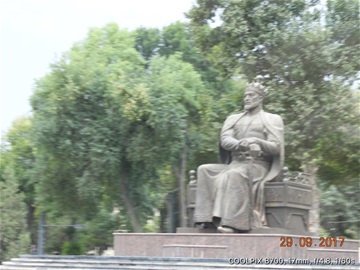
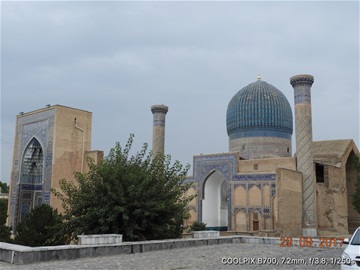
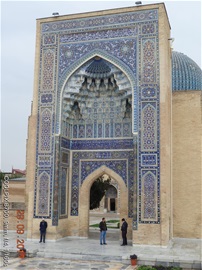
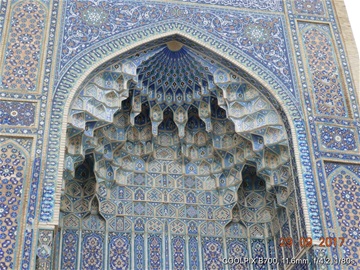
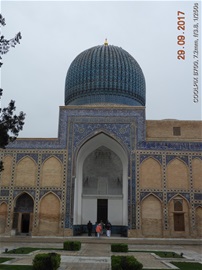
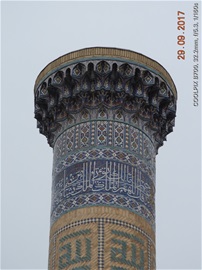
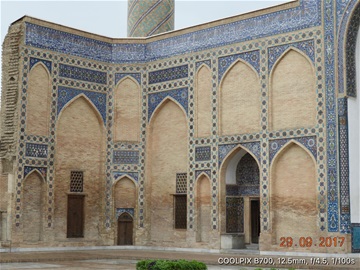
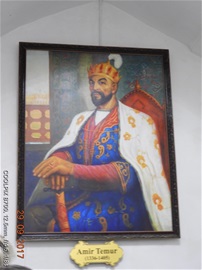
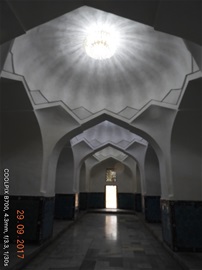
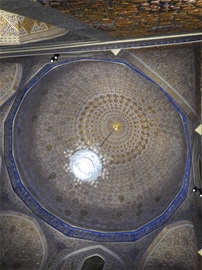
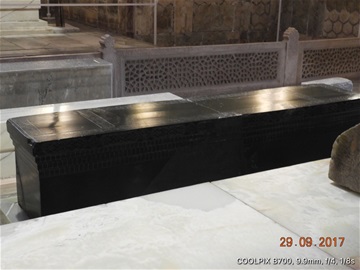
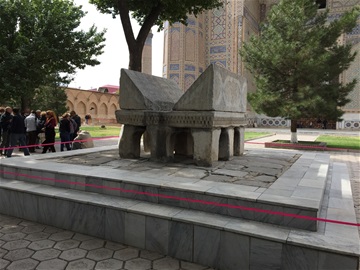

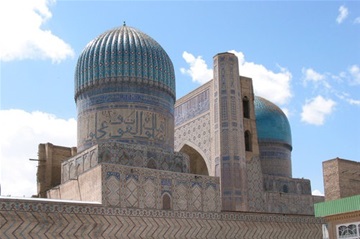
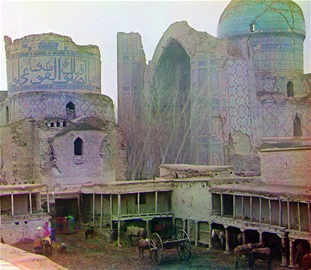
Latest comments